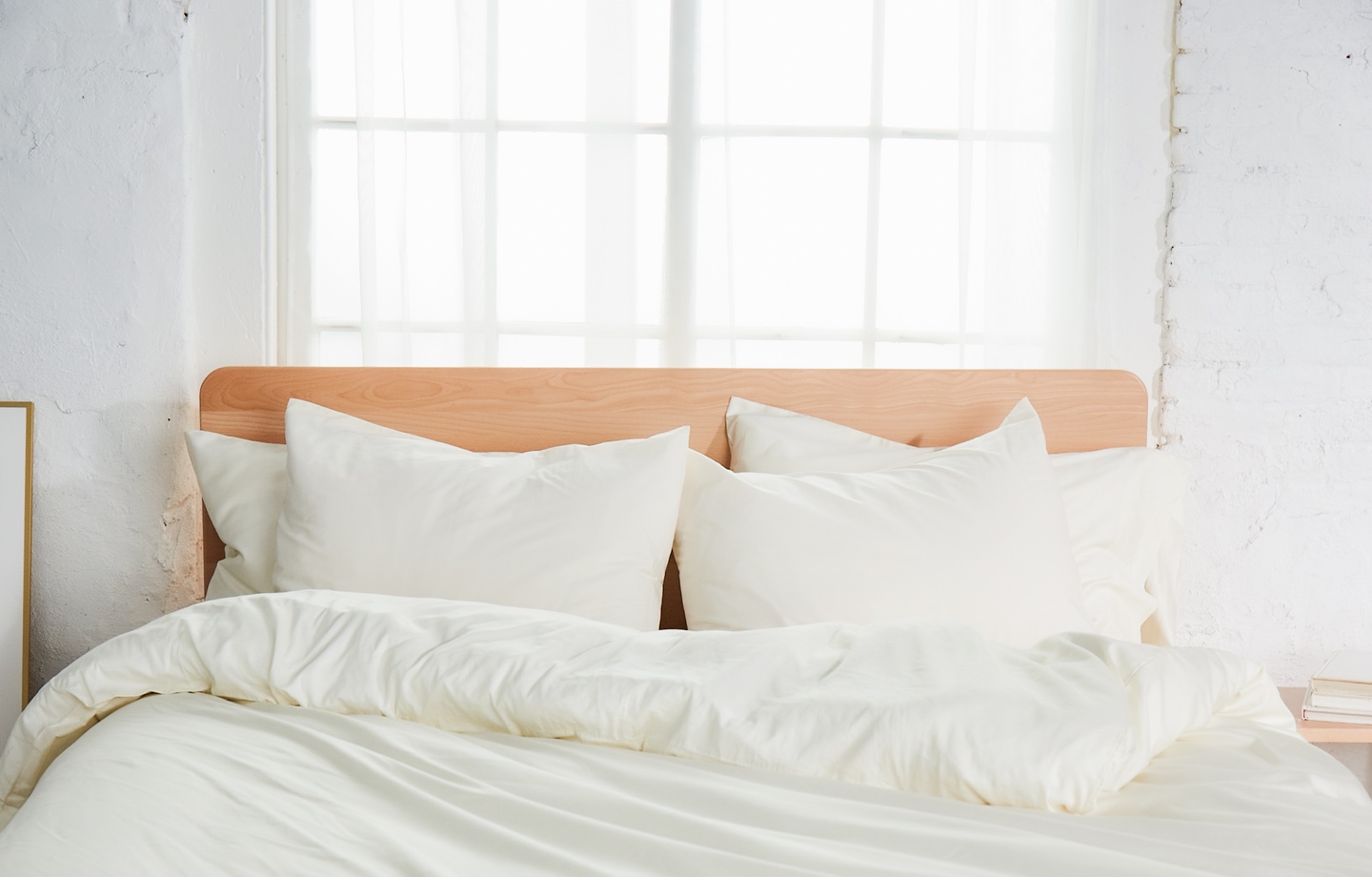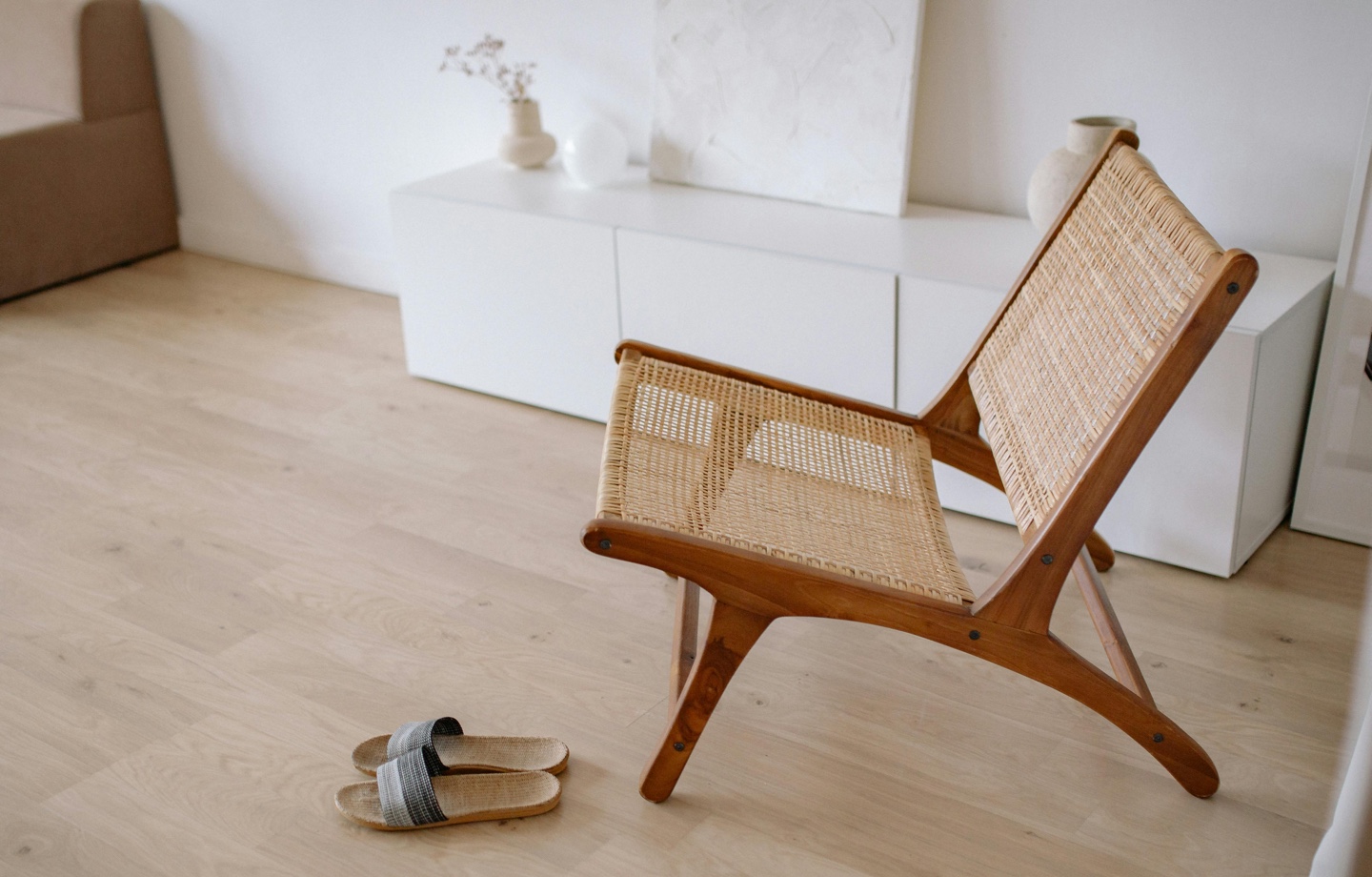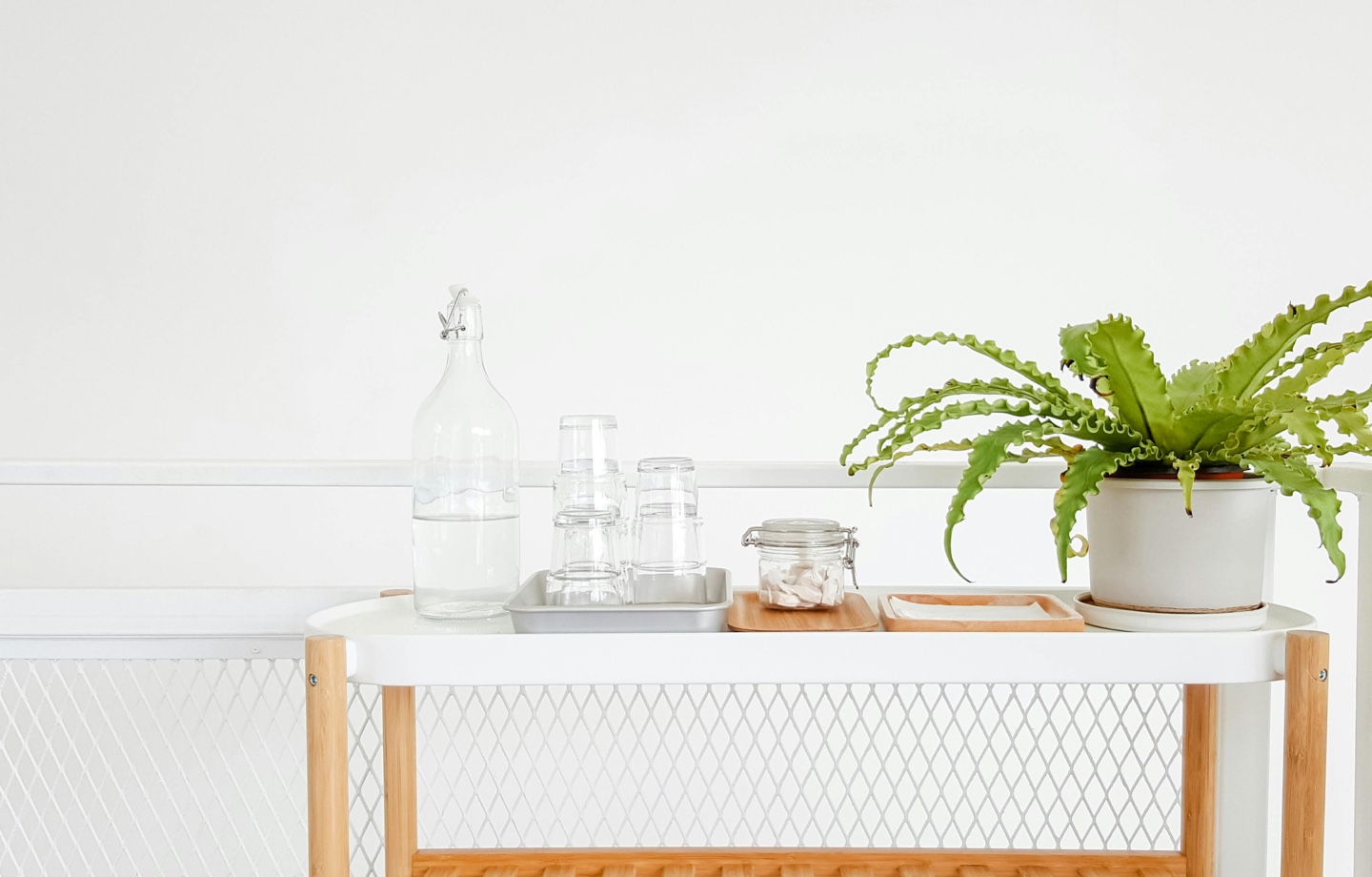Plastics can be found everywhere, from our clothing to our bedding and furniture. Here are ways to avoid microplastics in your home.
Every April, Earth Month serves as a reminder to raise awareness about environmental challenges and to take meaningful action for a healthy planet. This year’s theme of “Planet vs. Plastics” highlights the pressing issue of plastic pollution, especially the prevalence of microplastics.
Plastics are all around us, from coffee cups and clothing, to packaging and furniture. Their durability, coupled with the lack of proper waste management and regulatory measures, contribute to the ever-growing waste, projected to triple by 2060. According to the UN, more than 400 million tonnes of plastic is produced every year worldwide, half of which heads straight to landfills after a single use.
Often referred to as “forever chemicals”, plastics can take anywhere from hundreds to thousands of years to degrade. Over time, they break down into tiny fragments of microplastics that eventually make their way into the oceans and our homes, impacting marine life and human health.
Microplastics are small – less than 5 mm in diameter – but can easily infiltrate the water we drink, the air we breath and the food we ingest. Each year, the average American consumes 74,000 and 121,000 microplastics through drinking water. Some of the major contributors to microplastics pollution comes from items in our household, including the microfibers from our clothes and cosmetics.
Read more: How to Limit Plastic Waste With Your Morning Coffee
Even though there is rising concern about microplastics and their implications on the environment, there is limited research about their potential risks on our health. In recent years, microplastics have been found in the human lung and placenta, as well as in our bloodstreams. The chemicals found in plastics can cause developmental and reproductive issues and increase the risk of cancer. Additionally, they can also magnify the toxicity of other organic pollutants in the environment, such as insecticides.
Indeed, the challenge of plastic pollution can seem overwhelming, but governmental, business, and individual actions do make a difference. Each small step contributes to a larger collective effort. Last year, the EU took a momentous step in the fight against environmental pollution by restricting microplastics intentionally added to everyday products. Today in the US, the EPA announced a $1B investment through President Biden’s Investing in America agenda to address PFAS in drinking water. This signals a positive shift in the industry and the growing awareness of the environmental impact of these synthetic fragments.
It is important that we continue to educate ourselves and raise awareness so we can protect ourselves and our planet. Here are individual actions and proactive steps you can take to keep your home safe while doing your part to tackle plastic waste.

Read more: Why We Need to Ditch Plastic Packaging
A primary source of microplastics comes from our clothes. About 69% of our clothes are made of synthetic textiles, such as polyester, rayon and nylon, which release microfibres due to friction during every wash. To minimize the amount of plastic fragments released into the water and in your home, change your laundry routine. Wash less frequently and run full loads rather than partial loads. Using cold water and air drying will also help cut down the amount of microplastics released.
Synthetic fabrics are also used to make bedding, towels, and other everyday items found throughout our homes. Not only do they create microplastics when washed, they may also release toxic chemicals, such as phthalates and formaldehyde, into the air. That’s why natural and certified organic materials and textiles are at the heart of everything Avocado does — from our bedding and bath towels to our robes and pajamas. When possible, opt for non-synthetic fabrics, such as organic cotton, hemp, linen, modal, silk, alpaca, wool, and more. Natural materials are also biodegradable, so you don’t have to worry about harming the environment when you wash and dry your clothes.
Single-use plastics are identified as the primary source of secondary microplastics, which are broken down from larger items. They are prevalent in take-out containers, disposable cups and bottles, as well as the packaged foods that we purchase at the grocery store. What’s concerning is that they come in direct contact with our food and drinks that we ingest. Even paper-based items with a waterproof lining can contain PE (polyethylene). To minimize the risk, reduce your use of single-use plastics and swap your food storage solutions for reusable alternatives made of glass, metal or food-grade silicone.

Read more: How Sustainable Fabrics Reduce Microplastics
In a report by Plastic: The Hidden Beauty Ingredients, 87% of products from four best-selling brands were found to contain microplastics. Most might assume that most of the microplastics come from the packaging, but these tiny synthetic particles are also added as ingredients in everyday products, like shampoo, sunscreen and lipstick. They often act as binders, stabilizers or thickeners in order to enhance the texture and efficacy. In 2015, microbeads were banned in health and beauty products. However, the legislation only included rinse-off products, which left a loophole for brands. When making a purchase, remember to scan the ingredients list for traces of microplastics. When in doubt, check the EWG Skin Deep database and Beat the Microbead so you can make informed and conscious choices.
Carpets carry more dust than hard floors, and therefore can house more microplastics. They travel by dust and can lurk in the corners of your home. If you have young children, make sure to vacuum and dust at least once a week to remove these pesky particles. Children, especially infants, are more sensitive and susceptible to the effects of plastic exposure during the important early development stages. You can also get a HEPA filter to trap the harmful substances in the air.
The kitchen is where we prepare and store our food. To limit the amount of contact with microplastics, look for non-plastic storage options, such as glass, and avoid plastic wraps. Use metal or wooden items and pay attention to the ingredient lists in your cleaning supplies. Many detergents and sponges contain common microplastics, such as polyethylene (PE) or polypropylene (PP). It may not always be possible to replace all your plastic items and supplies in one go, so take it one step at a time. Get that cast iron pan you have been coveting and tackle your dinnerware next month!
Glitter is one of the most popular arts and crafts supplies that can add a sparkle to any DIY project. However, they are essentially tiny pieces of shiny microplastics, usually made of a combination of aluminium and Polyethylene terephthalate (PET), and if you’re familiar with glitter, you know that it’s impossible to clean up. Instead, it ends up polluting the ocean and threatening marine life. If you are in need of some sparkle in your life, explore eco-friendly options, like the biodegradable craft glitter, or skip it altogether for paper or leaf confetti.

Read more: The Nonprofit Reducing Plastic Waste One Community At A Time
Have feedback on our story? Email [email protected] to tell us what you think!

Shop Pillows
The Essential Organic Pillow Collection
Gentle, breathable, non-toxic support.







